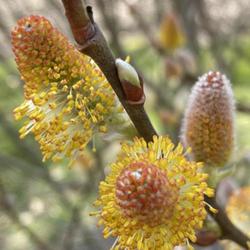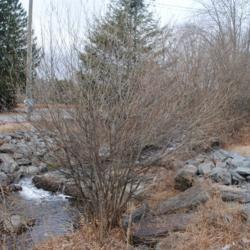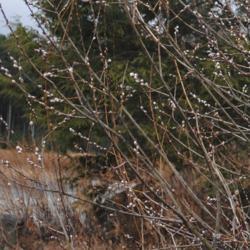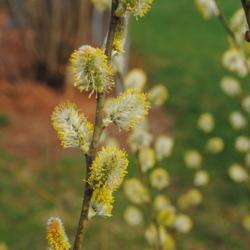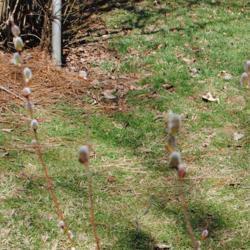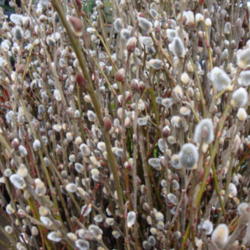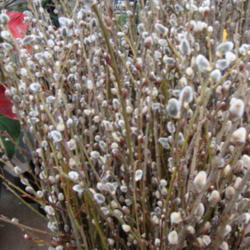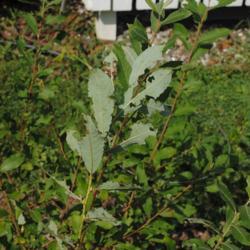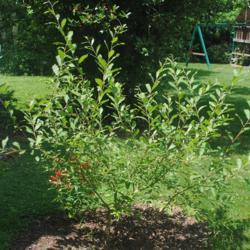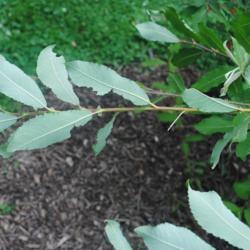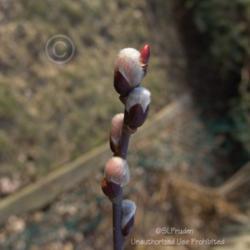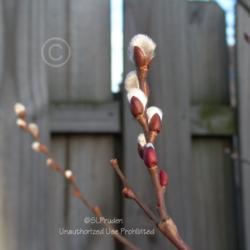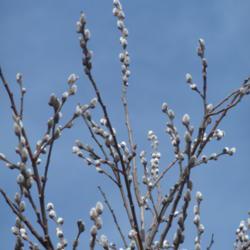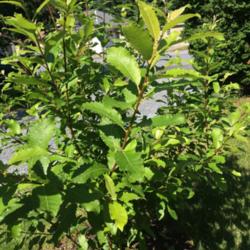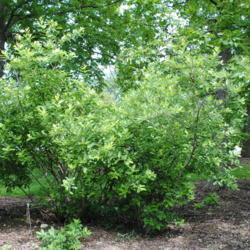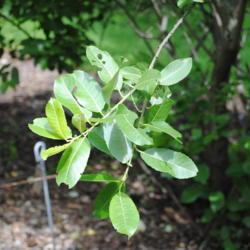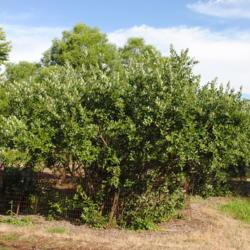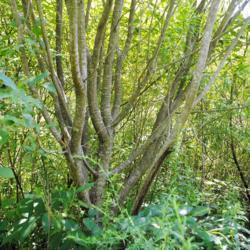| Plant Habit: | Shrub |
| Life cycle: | Perennial |
| Sun Requirements: | Full Sun Full Sun to Partial Shade |
| Water Preferences: | Wet Wet Mesic Mesic |
| Soil pH Preferences: | Neutral (6.6 – 7.3) |
| Minimum cold hardiness: | Zone 2 -45.6 °C (-50 °F) to -42.8 °C (-45°F) |
| Maximum recommended zone: | Zone 7b |
| Plant Height: | 15-20 feet (4.5-6.0 m) |
| Plant Spread: | 8-10 feet (2.5-3.0 m) |
| Leaves: | Deciduous Broadleaf |
| Fruit: | Other: green to yellow strobile releasing tiny seed with tufted hair |
| Fruiting Time: | Spring |
| Flowers: | Showy |
| Flower Color: | Other: silver-gray |
| Bloom Size: | Under 1" |
| Flower Time: | Late winter or early spring |
| Uses: | Windbreak or Hedge Erosion control Will Naturalize |
| Dynamic Accumulator: | Mg (Magnesium) |
| Wildlife Attractant: | Bees Birds Butterflies Other Beneficial Insects |
| Resistances: | Flood Resistant Drought tolerant Salt tolerant |
| Propagation: Seeds: | Sow in situ Other info: seeds have no dormancy and germinate within one day in soil |
| Propagation: Other methods: | Cuttings: Stem |
| Pollinators: | Various insects |
| Miscellaneous: | Tolerates poor soil Dioecious |
| Conservation status: | Least Concern (LC) |
